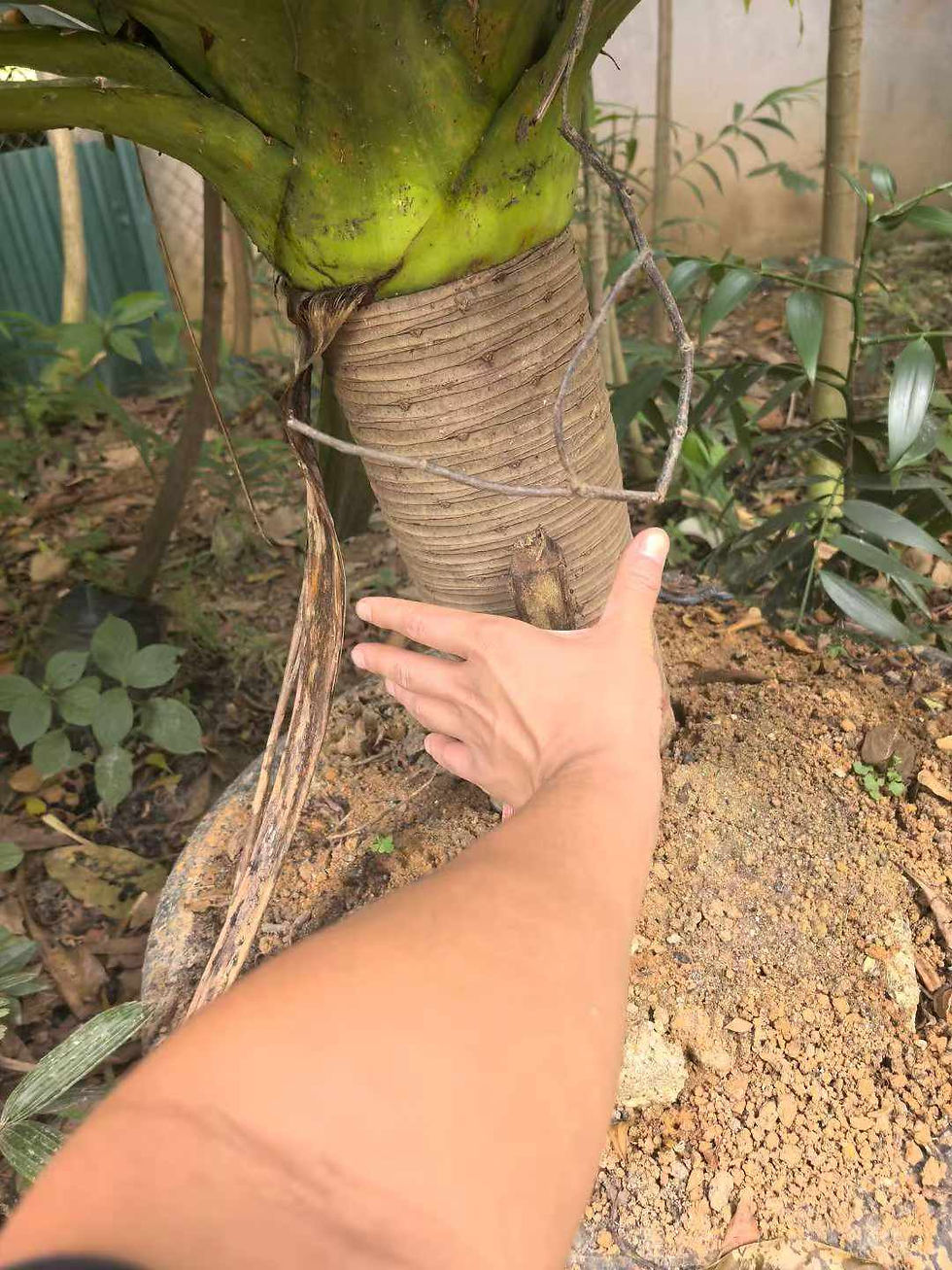Alstonia scholaris
Trees to 40 m tall, glabrous. Bark gray; branchlets copiously lenticellate. Leaves in whorls of 3-10; petiole 1-3 cm; leaf blade narrowly obovate to very narrowly spatulate, 7-28 X 2-11 cm, leathery, base cuneate, apex usually rounded; lateral veins 25-50 pairs, at 80-90° to midvein. Cymes dense, pubescent; peduncle 4-7 cm. Pedicel usually as long as or shorter than calyx. Corolla white, tube 6-10 mm; lobes broadly ovate or broadly obovate, 2-4.5 mm, overlapping to left. Ovaries distinct, pubescent. Follicles distinct, linear, to 57 cm X 2-5 mm. Seeds oblong, margin ciliate, ends with tufts of hairs 1.5-2 cm. Fl. Jun-Nov, fr. Oct-Dec. 2n = 22, 44*.
Mixed forests, village groves; 200-1000 m. SW Guangxi, S Yunnan; cultivated in Fujian, Guangdong, Hainan, Hunan, Taiwan [Cambodia, India, Malaysia, Myanmar, Nepal, New Guinea, Philippines, Sri Lanka, Thailand, Vietnam; Australia]
The bark and leaves are used to treat headache, influenza, bronchitis, and pneumonia. The wood is used for making coffins.

































